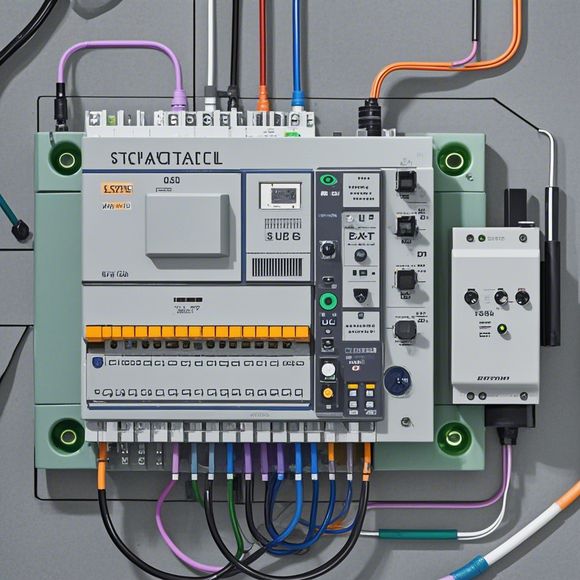What is PID?
PID is a type of feedback control system. It stands for Proportional-Integral-Derivative, which involves three different types of controllers: the proportional (P) component adjusts the output based on the error, the integral (I) part calculates the sum of errors over time, and the derivative (D) part predicts the rate of change in the system. These three components are combined to create an effective controller that can quickly respond to changes in the system and ensure that it remains stable and accurate. PID controllers are widely used in various industries and applications, from automotive systems to industrial machinery and robotics.
PID stands for Proportional-Integral-Derivative Controller. It's a type of control system used in many industrial and automation settings to regulate the output of an equipment, machinery, or process by adjusting its speed based on the error signal it receives from the desired target value.
In simpler terms, a PID controller works like a thermostat. It measures the temperature difference between the current temperature and the set point (the temperature you want to get), calculates how much that difference needs to be reduced, and then adjusts the flow of heat to the room accordingly. This helps keep the room at a comfortable temperature, even when there are fluctuations in the environment.

PID controllers come in three main types: P, I, and D. The "P" part stands for Proportional, which means the controller responds directly to the error signal. If the temperature deviates from the set point, the P component of the controller increases the flow of heat until the temperature returns to where it should be.
The "I" part stands for Integral, which adds up the errors over time. This helps the controller understand if there has been a long-term deviation from the set point and responds more slowly than just reacting to instantaneous errors.

The "D" part stands for Derivative, which gives the controller information about the rate of change of the error signal. If the temperature changes very quickly, the D component of the controller will increase or decrease the flow of heat quickly to prevent the temperature from changing too rapidly.
In a nutshell, PID controllers are incredibly useful because they can handle both steady and unsteady states, and they work well in a wide range of applications. However, they do require some tuning to achieve optimal performance.

Content expansion reading:
Articles related to the knowledge points of this article:
PLC Controller Selection Guide for Foreign Trade Operations
Mastering the Art of Plc Controllers: A Comprehensive Guide to Understand and Implement
PLC Controller for Manufacturing Automation
PLC Programming for Automation Control in the Manufacturing Industry